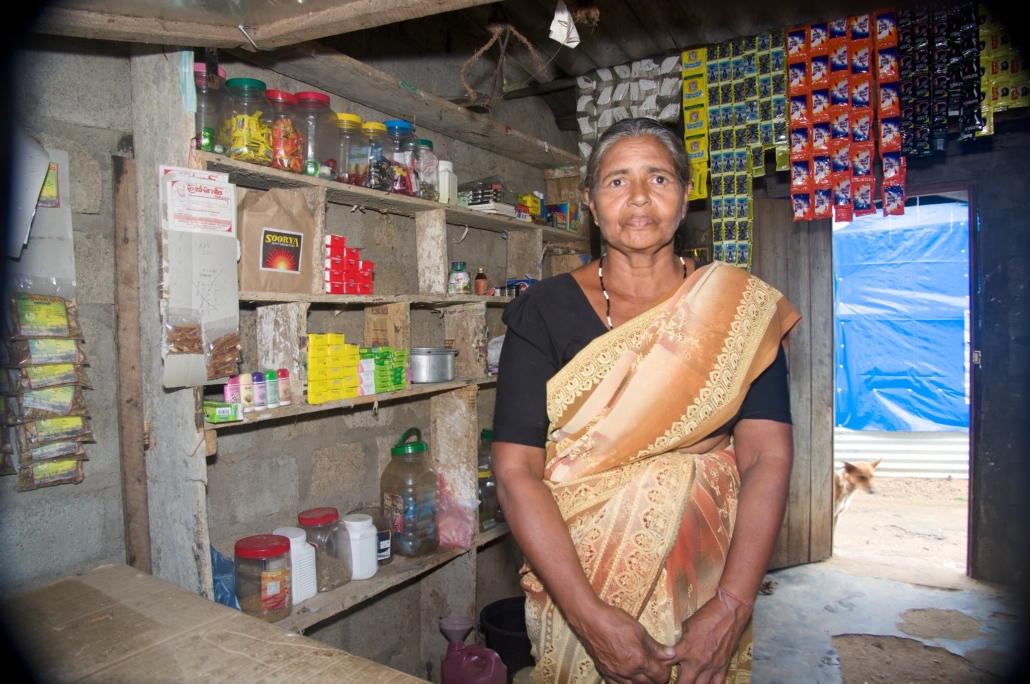Elderly Poverty in Sri Lanka

The Elderly in Sri Lanka and Poverty
According to the Insitute of Policy Studies of Sri Lanka in 2017, one in every seven Sri Lankans fall into the elderly age group of 60 and older. By 2030, predictions show that this ratio will increase to one in every five, and by 2050, one in every three persons will be elderly. Sri Lanka’s elderly make up 12.4% of the country’s population. A 2018 article indicates that “children under the age of 15 years and those who are 65 years and above account for more than 45[%] of the poor in Sri Lanka.” Out of the country’s general populace, one in every six people experiences multidimensional indigence.
But, a 2019 publication by the Asian Development Bank (ADB) indicates that there is no distinct difference between poverty rates of the general population and poverty rates among Sri Lanka’s elderly due to societal norms. “Since many elderly people live in multigenerational households, only a few of them are exposed to poverty arising from lack of income and other means of support, and the poverty rate among the elderly inevitably tends to correlate closely with poverty rates in the overall population,” the ADB says.
The labor force participation rate is highest among the less educated in the 60+ age group. Both female and male elderly people with low educational attainment tend to work during their senior years compared to people with higher levels of education. A reason for this could be that educated people typically secure jobs in the formal sector and receive income security in their senior years through pensions or provident funds.
A survey of 200 urban and rural households indicated that only 22.5% of the elderly had a secondary education and about 28.5% of them finished primary school.
Government Assistance
According to a 2012 document by the Human Development Unit, Sri Lanka’s dependency ratio stands at about 56% and is expected to increase to 58.3% by 2031. In 2012, the pension system covered 10 to 15% of the elderly. The pension system “is highly adequate (corresponding to 89[%] of the consumption of the beneficiaries from the poorest decile), but it transfers only 11[%] of its funds to the poorest 10[%] of the population.” About 70% of beneficiaries of this pension system are not impoverished and more than 75% of beneficiaries reside in rural areas but close to zero beneficiaries come from Sri Lanka’s impoverished estates.
Elderly People’s Living Situation in Sri Lanka
Historically, elders lived with their children, but in the last few years, some started living in senior homes. Roughly 250 senior care homes are located throughout Sri Lanka and service nearly 7,000 elders. About 99% of assisted living care occurs at home and the other 1% is in private spaces. A room in a senior care home will cost anywhere from LKR 50,000 ($156) to LKR 150,000 ($469) a month. While in these homes, many of the elderly become lonely due to family separation and some experience feelings of abandonment. To combat this, many senior homes provide services that allow the elderly to receive care where they are most comfortable.
Organizations Aiding the Elderly in Sri Lanka
The National Secretariat for Elders (NSE) emerged in 2000 to help support seniors and reduce elderly poverty in Sri Lanka. To date, it has founded two senior homes and currently oversees 345 public nursing homes. Meanwhile, Diriya Piyasa, a group that constructs homes for low-income families, renovates sanitary facilities and builds “adult daycare” centers for those who cannot afford assisted living.
The elderly receive welfare assistance through the Elderly Social Security Fund. About 416,667 Sri Lankans were beneficiaries, receiving upward of Rs 2,000.
Through comprehensive social security nets, elderly poverty in Sri Lanka can reduce.
